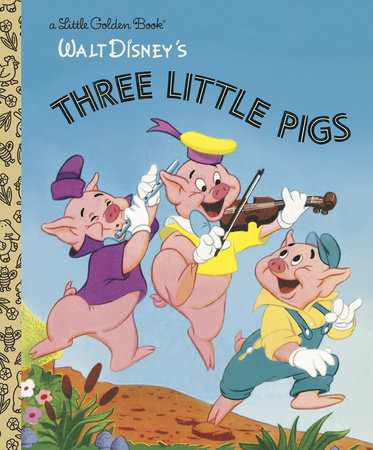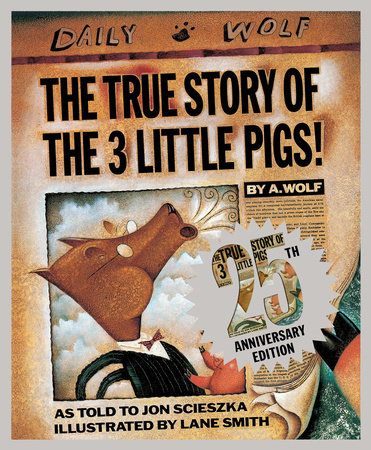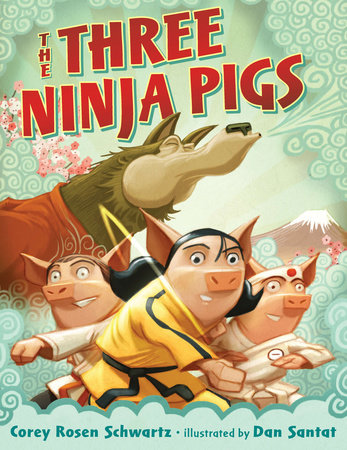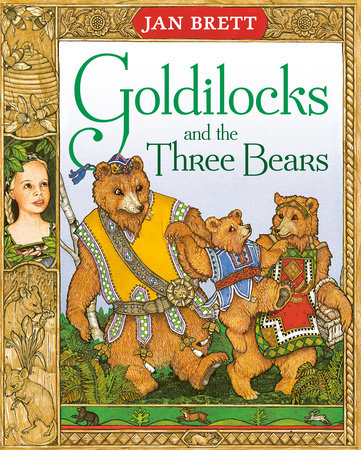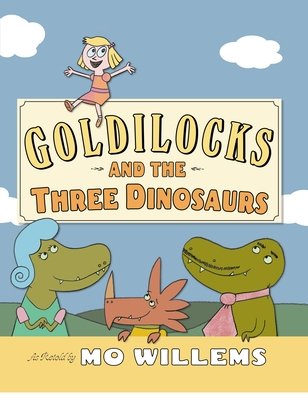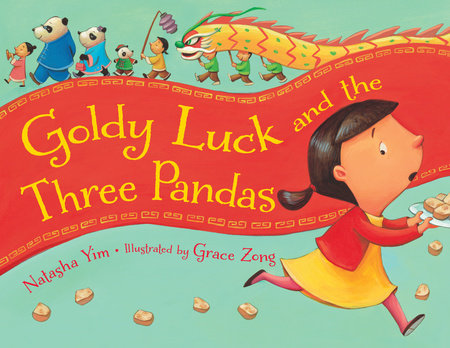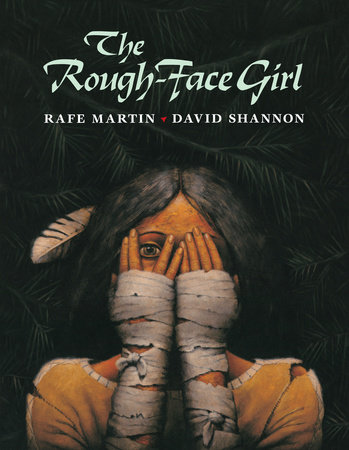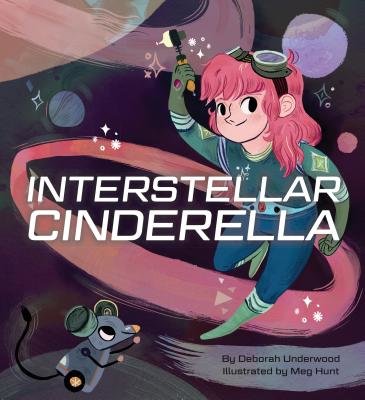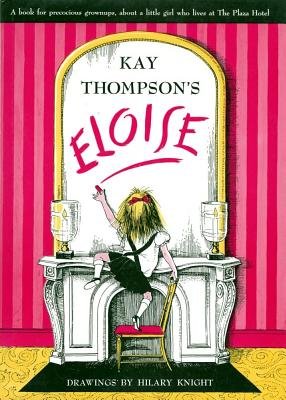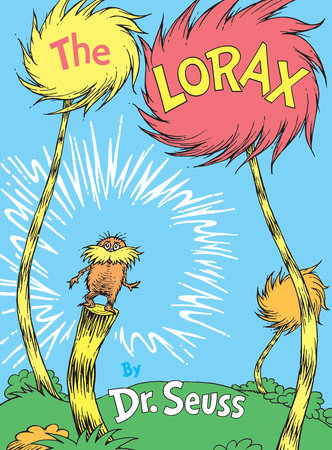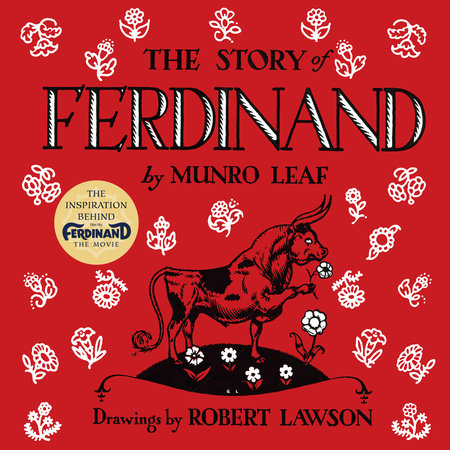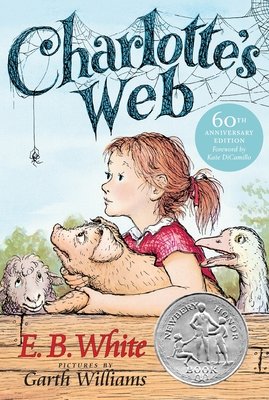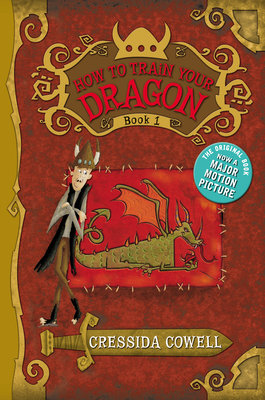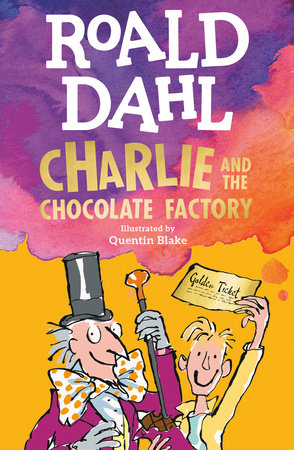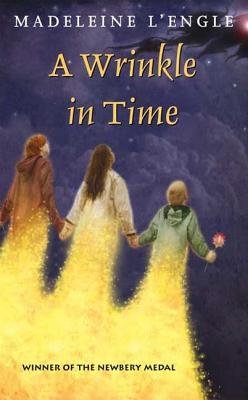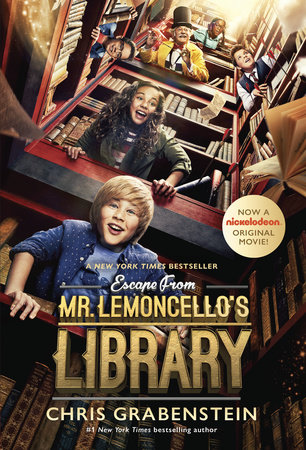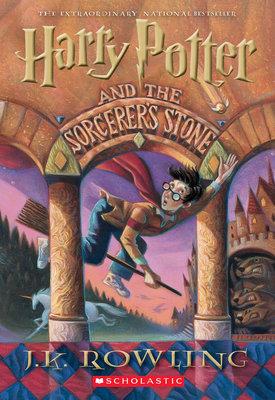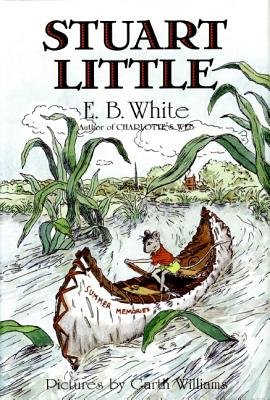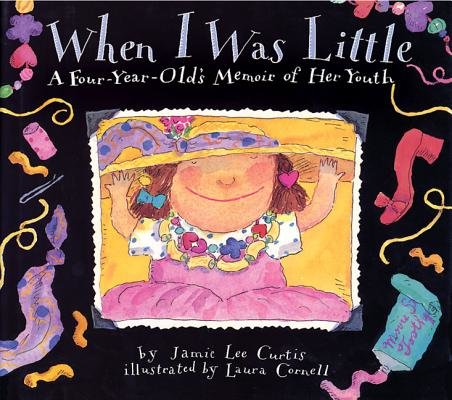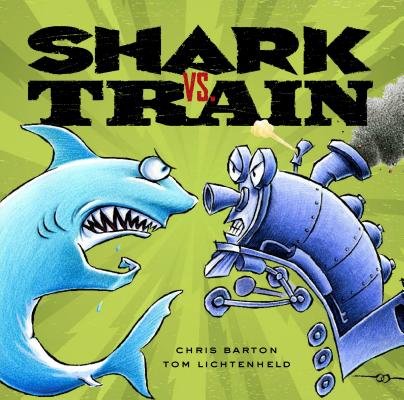Compare and Contrast:
How to Use Books to Teach Children Comparative Thinking
by Melissa Taylor
Research shows student achievement increases when children compare and contrast using comparative thinking. Starting at a young age, we can nurture children’s comparative thinking, ratcheting up the level of difficulty as they grow in age and developmental ability. Since we love books here at Brightly, let’s look at using books combined with Thinking Maps and graphic organizers to practice this important skill.
But First, Define Terms
It’s essential that kids know what we mean when we ask them to compare and contrast. Compare is to find similarities. Contrast is to find differences. Believe it or not, kids will usually need to be reminded of these terms every year.
What Kinds of Stories Can We Compare and Contrast?
Fairy Tales (Ages 4 – 13)
Read different versions of familiar fairy tales to see what’s alike and what’s different. Notice the plot, characters, illustrations, and cultural references. Try these to start:
-
Three Little Pigs
Also available from:The True Story of the Three Little Pigs
Also available from:The Three Ninja Pigs
Also available from:
-
Goldilocks and the Three Bears
Also available from:Goldy Luck and the Three Pandas
Also available from:
-
The Rough-Faced Girl
Also available from:Cinders: A Chicken Cinderella
Also available from:
Books vs. Movie Adaptations (Ages 6 – 13)
If you’re like me, you almost always prefer a book to the movie version. Let your children decide for themselves. Read these books, then see their movie adaptations. Compare and contrast the plot, the setting, the characters, and any other details that your kids notice. Here some favorite books that have all been made into movies:
-
The Story of Ferdinand
Also available from: -
Charlotte’s Web
Preorder from:Charlie and the Chocolate Factory
Also available from:A Wrinkle in Time
Preorder from: -
Stuart Little
Preorder from:
Books with Compare-and-Contrast Structures (Ages 4 – 8)
Did you know there are books are already set up with a compare-and-contrast structure? Explain to younger kids before you read what to expect, such as a now-and-then text structure, but let the older kids figure out the structure as part of their thinking work. Try these books:
-
Shark vs. Train
Preorder from:
Books by the Same Author (Ages 4 – 13)
Do an author study by reading two or more books by the same writer. Compare and contrast specific elements of the author’s different books. What you choose to look at will depend on the age of your child. Younger children should start with easier things such as plot, setting, characters, or illustrations. Increase the complexity of your analysis with older children. You can consider point of view, style, genre, tone, structure, or theme. These authors are great choices for an author study:
Compare-and-Contrast Thinking Maps
Now that you have ideas for what to compare, it’s helpful to provide kids with comparative structures to mitigate their thinking. Use these ideas when you work with children using the book-related comparative ideas above.
A Venn Diagram, T-Chart, or Double Bubble Map can all help children organize their thinking visually. As always, model how to use each of these before students work on them independently. How many times you model this and what organizer you choose will depend on your students’ levels and needs.
T-Chart
A two-column T-Chart might be the easiest compare-and-contrast graphic organizer. One way to use a T-Chart is to put the two things you are comparing for the title then label each column “Same” and “Different.” You’ll then list what’s the same in one column “Dogs and cats are both pets” and what’s different in the other “Dogs are canines; cats are felines”.
Alternatively, you can put the topics you’re comparing in their own columns. Here’s an example from an elementary classroom using the book No, David! by David Shannon. The “Yes” behaviors for David are in one column with the “No” behaviors for David in the other.
Venn Diagram
A Venn diagram is another classic but helpful graphic organizer when comparing two concepts or things. Kids draw two overlapping circles. Each circle is labeled for the idea or thing it represents. For example, “Trains” for one circle and “Sharks” for the other.
The overlapping part of the circles, the middle, is for listing the similarities between the two things. The outside circles are for listing the differences. See an example here.
Double Bubble Map
Double Bubble Maps are research-based Thinking Maps specifically designed for comparing and contrasting. Kids write the two things they’re comparing in large bubbles, or circles. Similarities between these two things are listed in circles between the two. Differences are listed in circles extending toward the edges of the paper. See an example comparing bats and spiders here.
What other ideas do you have to help children learn and practice comparing and contrasting? We’d love to hear your stories in the comments below.
If you’re looking for more lesson plans, book picks, and reading tips for your classroom or library, make sure to check out our Teach Brightly page!

